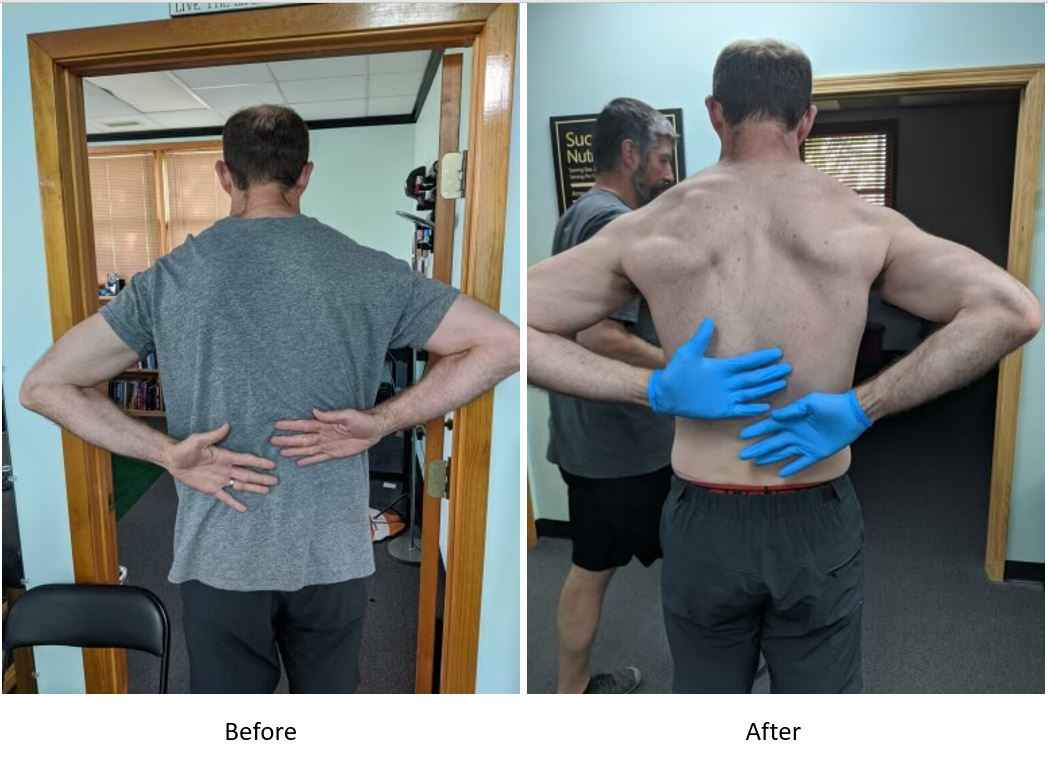The McGill Big 3 Exercises for Core Stability
Core stability is extremely important for overall strength and mobility, but also to prevent back injuries. Often times patients who come in with back injuries don’t have good core stability. Your core is not just your abs. The core is comprised of several muscles throughout the abdomen and back which, when activated properly, work together to achieve and maintain stability when the spine is subjected to a load or stress. When these muscles are not in sync with one another, the likelihood of injury increases and can manifest as low back pain.
These three exercises were developed by Dr. Stuart McGill and are designed to increase strength and protect your back. They are more commonly know as the McGill Big 3 and are comprised of the curl-up, side bridge (or side plank), and birddogs. Dr. McGill noticed in his research of athletes that those who failed to build proper muscles for core stability ended up with more injuries and pain. When the core fails to meet the stability demands placed on the body during a certain lift, parts of the spine will be overloaded with forces that increase injury risk and performance will suffer. Doing these exercises helps build the muscles in the complete core (not just the abs) and increases the core stability.
How to Do the McGill Curl-up
Watch as Dr. Mitchell demonstrates the proper form for the McGill curl-up, the first in the McGill Big 3.
- Lay down on the ground with one leg straight and the other bent at a 90-degree angle.
- Place your hands underneath the lower back with elbows flat against the ground, and make sure you keep the curvature of the lower spine.
- Brace the core, tuck the chin, then lift the chin and shoulders up off the ground.
- Hold for 10 seconds.
- Do this for about six reps, holding for 10 seconds each.
If you want a stronger challenge, there is a progression where you bring the elbows off the ground and do the same movement.
McGill Big 3 – Curl-up
Side Plank or Side Bridge
Dr. Mitchell shows you how to do the second exercise in the McGill Big 3 – the side plank or side bridge.
- Get on your side, resting on your elbow with knees at a 90-degree angle.
- Brace the core and lift up, keeping your knees, hips and shoulders in a straight line.
- Hold that lift for 10 second bracing the core and working the obliques on that side.
- Drop down and repeat for six reps.
If you want more of a challenge, you can go into full plank with legs extended and stacked, one in front of the other and place your top hand on your opposite shoulder or on you hip and then do the lift and hold for 10 seconds.
MgGill Big 3 – Side Plank
Birddogs for Core Stability and Cross Body Movement
Dr. Mitchell demonstrates how to do a birddog, as well as how to modify up or down depending on your level of fitness.
- Start in a table-top position with arms shoulder width apart and knees right below the hips.
- Engage the core and brace the belly.
- Take right arm forward and kick the left leg back. Keep your spine stable and do not arch or let your leg come up above hip level.
- Hold for 10 seconds, come down and touch elbow to knee and then take it back out.
- Do this six times on each side.
If you need to modify the move, keep your hands on the ground and just kick your leg back and hold for 10 seconds. If you want more of a challenge, draw a small square with your extended arm before bringing elbow and knee together.





